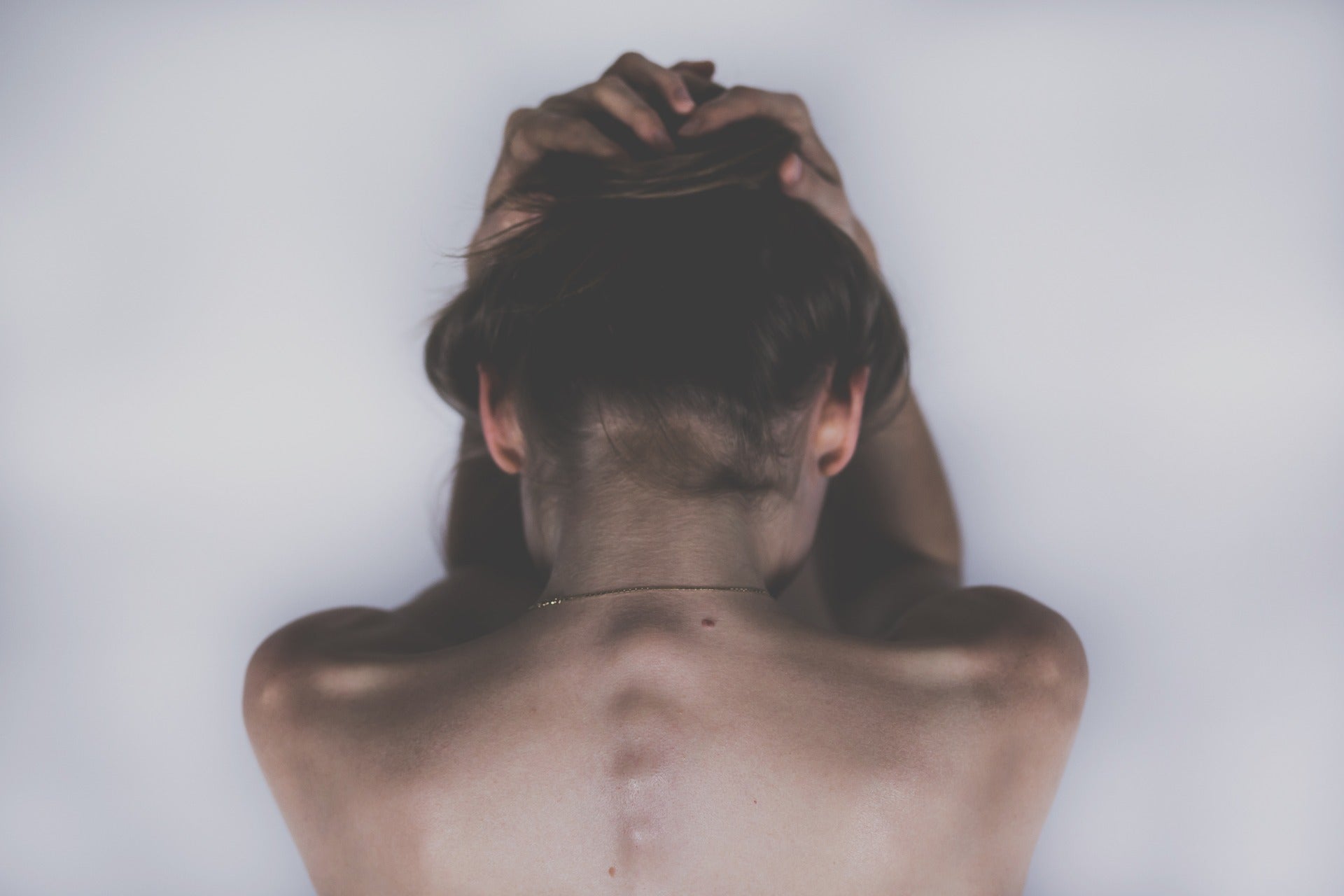At some point in time, men and women will notice their hair strands becoming shorter. The texture of their hair will also be noticeably more brittle and weaker. Over time, the hair becomes remarkably thinner, their scalp almost showing. Eventually, the hair follicles will stop growing hair entirely. This progression is called hair miniaturisation.
The causes of hair miniaturisation...
Androgenic Alopecia
The most common cause of hair miniaturisation is Androgenic Alopecia. Hair miniaturisation and Androgenic Alopecia are in fact synonymous.
Androgenic Alopecia is known to be genetically inherited. It affects an estimated 10 million men and 3.4 million women in the United Kingdom. Miniaturisation due to Androgenic Alopecia can start as early as when a person is a teenager. As a person ages, he or she also becomes more at risk. More than 50 percent of men over 50 experience hair loss. In women, hair loss most likely happens after menopause.
In normal hair growth cycle, follicles under the skin produce strands between 2 to 6 years. The process will go into a resting phase for several months, and then hair falls out until follicles start growing hair again. This cycle continues until there is increased of androgens in hair follicles. When this happens, there will be a shorter cycle of hair growth and hair becomes shorter and thinner. There will also be a delay in the replacement of lost strands that are being shed. Consequently, hair miniaturisation takes place. Hair miniaturisation is identified with hair thinning from either temporal side of the head, creating the “M” shape. Miniaturisation can also start at the top of the head.
Dihydrotestosterone or DHT
Dihydrotestosterone or DHT is a form of testosterone. High levels of DHT impact the hair follicles, causing them to disappear. Once the hair follicles could no longer grow hair, miniaturisation happens.
Telogen Effluvium
As mentioned, follicles under the skin produce strands between 2 to 6 years during normal hair growth cycle. The process will go into a resting phase for several months or what is scientifically known as the Telogen phase. However, if the hair prematurely enters into this resting phase, the head will have less hair over time and hair miniaturisation sets in.
Hair Miniaturisation Treatment
There are only three FDA approved treatment for hereditary hair loss. One of them is the Low-Level Laser Therapy or LLLT. Having dedicated over two decades to the research and development of safe and effective laser hair growth devices, HairMax is the first home-use Low-Level Laser Therapy device to be cleared by the FDA for the treatment of pattern hair loss (Androgenetic Alopecia) in both females and males. To date, HairMax has been granted a total of eight FDA clearances! The laser lights emit energy that may increase blood flow and circulation in the scalp. Once the scalp is stimulated by the laser light energy, the hair follicles become healthy and functional again – thereby reversing hair miniaturisation and stimulating new hair growth.




Share:
Hair Loss in Women - the Facts
8 Frequent Hair Loss Myths